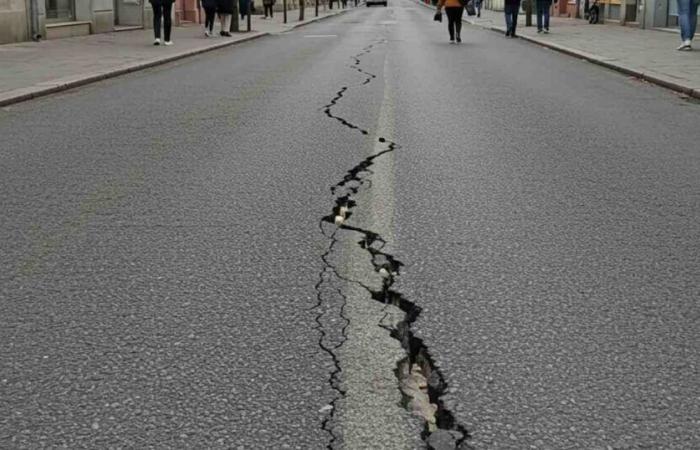At 8:58 in the morning of May 2, a fort earthquake magnitude 7.5 affected the Chilean Magallanes and Antarctic. The epicenter was 218 kilometers south of Puerto Williams and the depth was 10 kilometers.
But since then The more than 100 aftershocks began – of less intensity – that, so far, have been recorded for three days in a rowaccording to the data of the National Seismological Center.
Is this normal after a strong earthquake, or could it be a sign of a worse movement?
This is the explanation of an expert.
Why more than 100 aftershocks were recorded after the earthquake in Puerto Williams
A string of earthquakes after a strong earthquake is an expected phenomenon. This is confirmed Luis Donoso, Seismologist and academic of applied geophysics of the University of Development, in conversation with The third.
And the earthquake happened in to Shackleton fracture areathat has a significant seismicity and where it is predictable that earthquakes of great magnitude happen, such as last Friday, May 2.
Along these lines, these smaller earthquakes or replicas that have been registered in recent days “are generated in a small subduction zone between the Antarctic plate and the Microplaca de Scotiaand have no relationship with a greater earthquake. ”

This, due to the deformation in the place, is completely expected and “does not represent any future risk. But, quite the opposite. I think it is one of the exceptional earthquakes in history.”
Along these lines, the seismologist called for tranquility, because the recent activity “is normal and expected. They are replicas associated with a great earthquake and will continue for a certain time. They can be three weeks or a month, and after that it ends. ”






